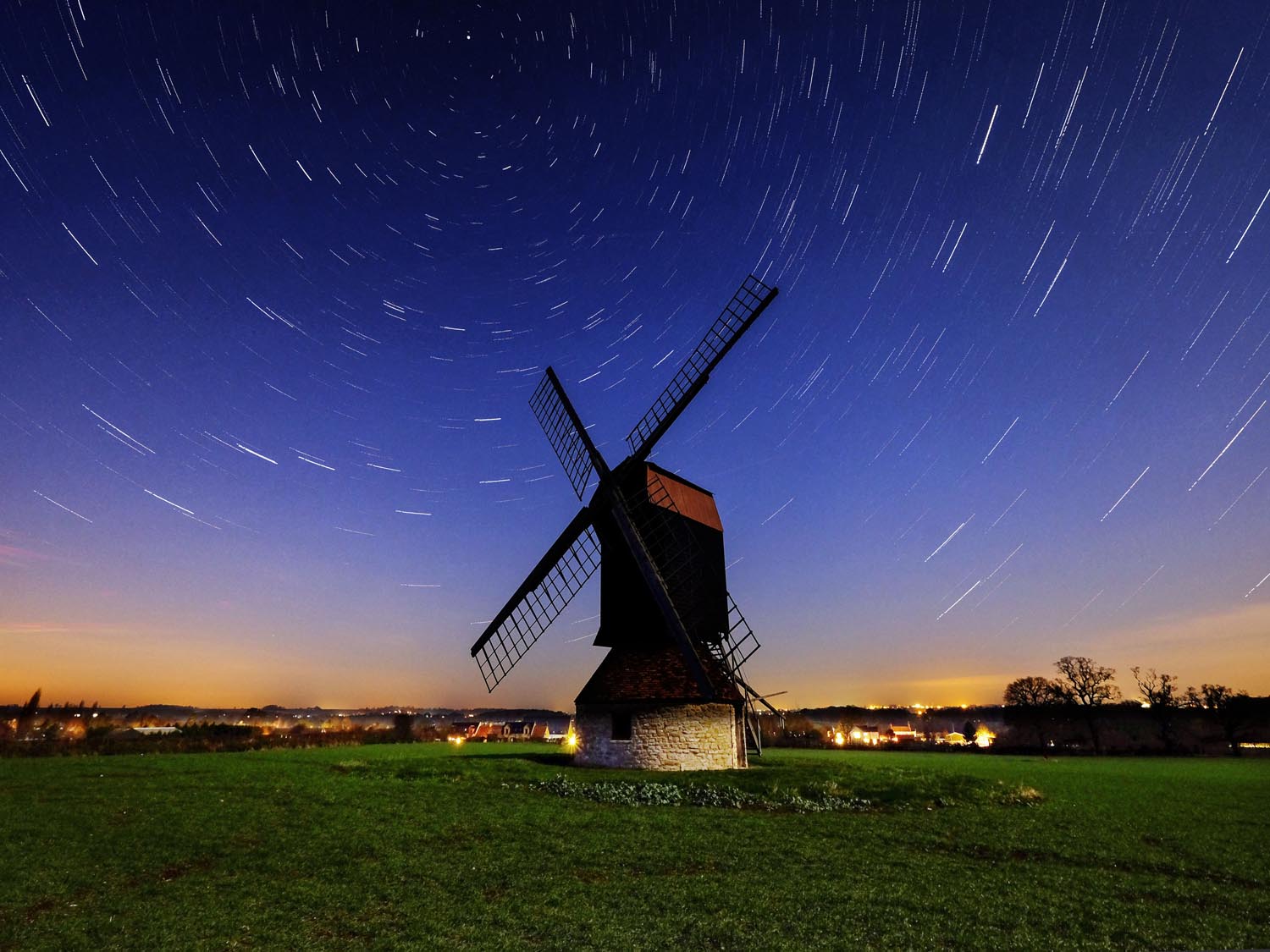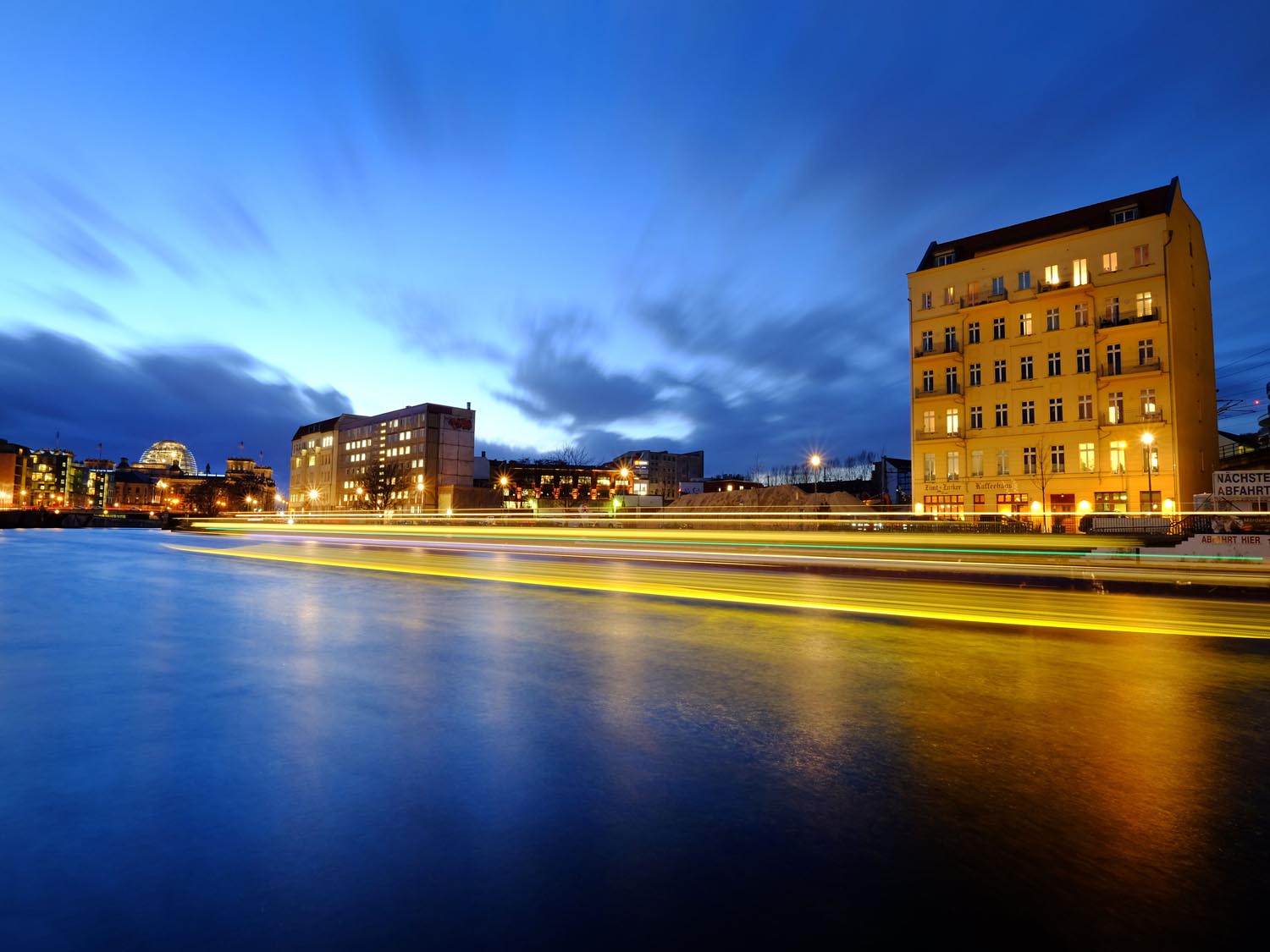Master the dark arts
The winter months are great for photographers. Not only do you get extremely photogenic weather conditions, such as frost, snow and ice, but the hours of darkness are more sociable, too. No waiting until 10pm for the sun to set as we do in the height of summer, at this time of year great low-light images can be shot in the afternoon!
Fujifilm’s resident low-light specialist, Terry Hall, loves getting out and about with his X Series camera when the light levels start to drop, so he’s perfectly placed to pass on some top tips to help you shine in the dark.
1. Shoot in the ‘blue hour’
Truth is, the best low-light pictures aren’t taken at night. Instead, I like to shoot in the ‘blue hour’, which happens shortly after sunset (or before sunrise) when there’s still some light in the sky. If you find you can only shoot when the sky is completely dark, try to avoid including the sky at all, concentrating instead on close-ups of floodlit buildings or taking a more abstract approach by shooting reflections.
2. Always use a tripod
The lower the light, the longer your exposure, so a tripod is a must to keep your images pin-sharp. It is also a good idea to use a remote release for hands-free shooting to eliminate the risk of camera shake. Alternatively, use the self-timer – I prefer the two-second option – to allow the camera to steady after pressing the shutter release. If you’re using an XF or XC lens with Optical Image Stabilisation, be sure to switch it off when the camera is tripod mounted as leaving it on could cause blur as the lens attempts to compensate for movement that isn’t present. This is done via a switch on XF lenses or through the IS MODE option in the SHOOTING SETTING menu when using an XC lens.
It is, of course, possible to shoot at night without a tripod, but you will need a steady hand and a higher ISO setting.
3. Experiment with apertures and shutter speeds
I typically shoot in Aperture Priority mode at night selecting a smaller aperture, such as F11 or F16, to get front-to-back sharpness in my images. A smaller aperture can also work nicely at night when there are a lot of bright highlights from streetlights or floodlights as they can give a beautiful starburst effect. If you’d prefer to control movement in your low-light images, however, it may be beneficial to switch to Shutter Priority – or even manual. Experimentation is key; you need to be prepared to get more misses than hits when shooting at night, largely because getting the correct exposure can be more of a challenge.
4. Bracketing
As is the case with all forms of photography, practice makes perfect so why not try out the autoexposure bracketing option on your X Series camera? This setting – accessed through your camera’s DRIVE mode options – captures a series of images at different exposure times. You can then retrospectively select the best exposed image for the scene you have captured.
Sometimes, due to the amount of contrast between the highlights and shadows in a low-light scene, it can be tricky to get the perfect exposure in one frame. In these circumstances, I select the bracketing function to capture a variety of images and then use software to merge two or more images on my computer. This does require software skills too, of course!
5. Capture light trails
As I’ve already mentioned, one creative benefit of shooting at night or in low light is longer exposure times. Headlights on cars become trails, which provides a unique effect in cityscape images. I particularly like city images when a bus or even a police car passes as more colours are apparent in the lights. Try and position yourself in a spot where the trails curl around a corner or a bend in the road, which helps to add depth and interest to your shots.



















































